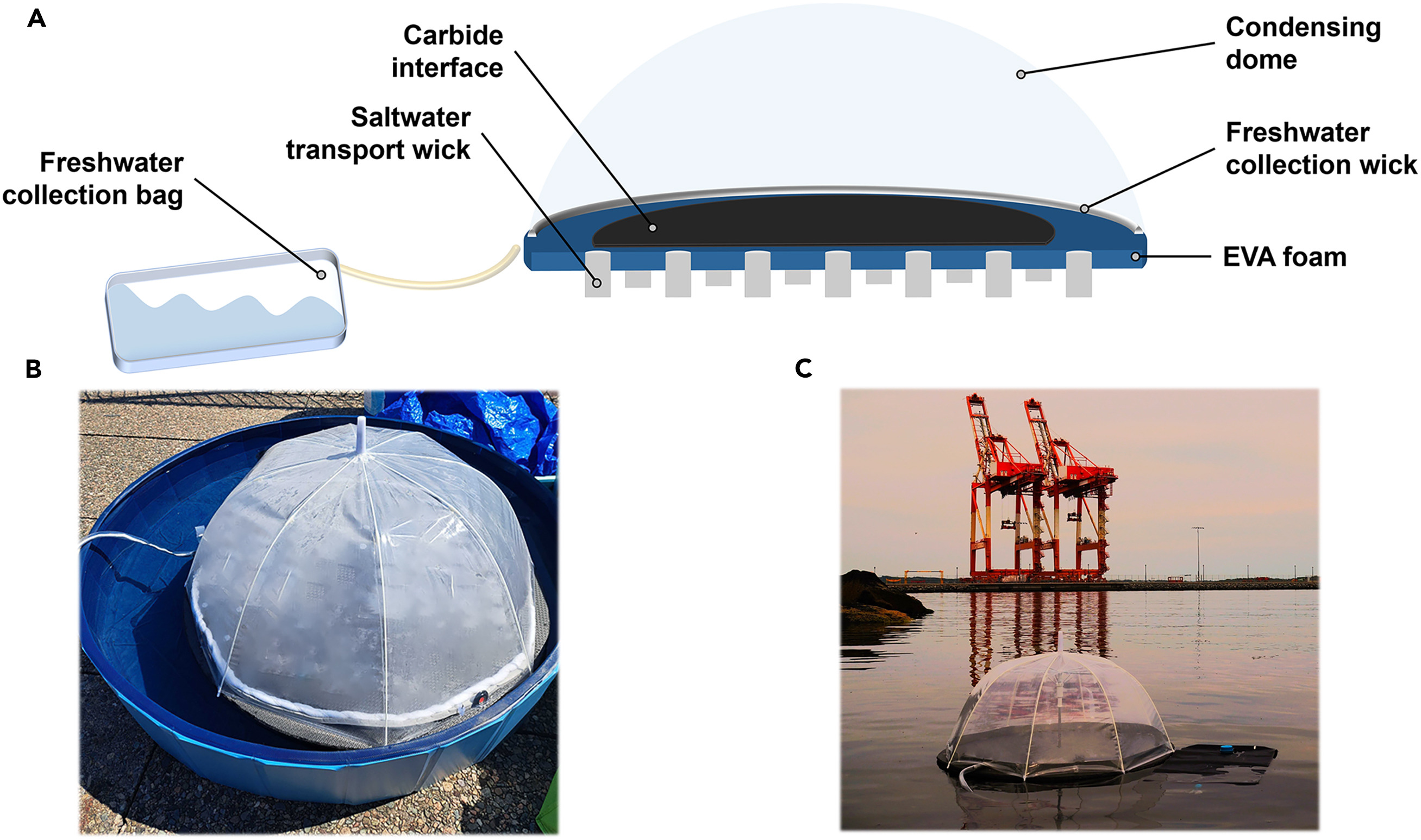
In the realm of modern electronics, transistors play a pivotal role as the fundamental components that power our technological advancements. From smartphones and computers to medical devices and space exploration, transistors have revolutionized the way we live, work, and communicate. This article delves into the world of transistors, exploring their history, functionality, and their indispensable presence in today’s technology-driven society.
The transistor, an electronic device that can amplify or switch electronic signals, was first invented in 1947 by John Bardeen, Walter Brattain, and William Shockley at Bell Laboratories. Their groundbreaking discovery replaced the bulky and power-hungry vacuum tubes used in early electronic systems. The transistor’s small size, low power consumption, and reliability marked a turning point in the field of electronics.
At its core, a transistor is a semiconductor device made from materials such as silicon or germanium. It consists of three layers: the emitter, the base, and the collector. These layers are doped with impurities to create regions of excess electrons (n-type) or excess holes (p-type). The two most common types of transistors are bipolar junction transistors (BJTs) and field-effect transistors (FETs).
BJTs consist of two pn-junctions and are commonly used in amplification and switching applications. FETs, on the other hand, have three main types: MOSFETs (metal-oxide-semiconductor field-effect transistors), JFETs (junction field-effect transistors), and IGBTs (insulated-gate bipolar transistors). FETs are widely used in integrated circuits (ICs), digital logic circuits, and memory devices.
Transistors work based on the principle of controlling the flow of current or voltage by varying the bias or signal applied to the base or gate terminal. In an NPN transistor, for example, a small current flowing into the base region allows a much larger current to flow from the collector to the emitter region. This amplification effect forms the basis for many applications, including audio amplifiers, radio receivers, and computer processors.
Transistors have transformed the landscape of technology, enabling the development of devices that were once only the stuff of science fiction. They are the heart of microprocessors, the “brains” behind computers and smartphones, allowing for complex calculations, data processing, and multitasking capabilities. The continuous shrinking of transistor sizes has led to the creation of more powerful and energy-efficient processors.
Transistors are also essential components in communication systems. They enable wireless connectivity in devices like cell phones, providing the means for voice calls, internet access, and data transfer. Transistors in radio frequency amplifiers help transmit and receive signals across various frequencies, allowing us to tune into our favorite radio stations or access satellite communication.
Moreover, transistors are used in medical devices, such as pacemakers and hearing aids, where they serve as amplifiers and switches. They also find applications in automotive systems, controlling fuel injection, ignition timing, and power management. Furthermore, transistors are crucial in space exploration, providing the necessary circuits for satellites, rovers, and other space probes.
Written by profT for Naijatipsland.com










